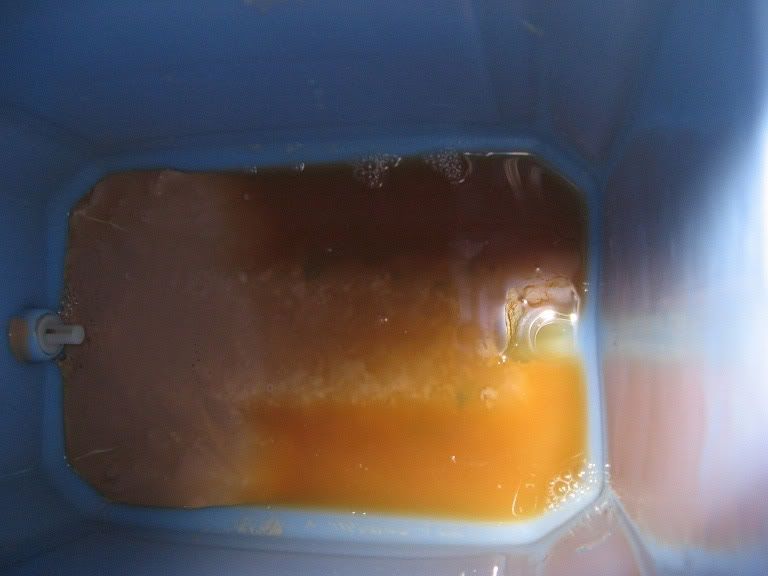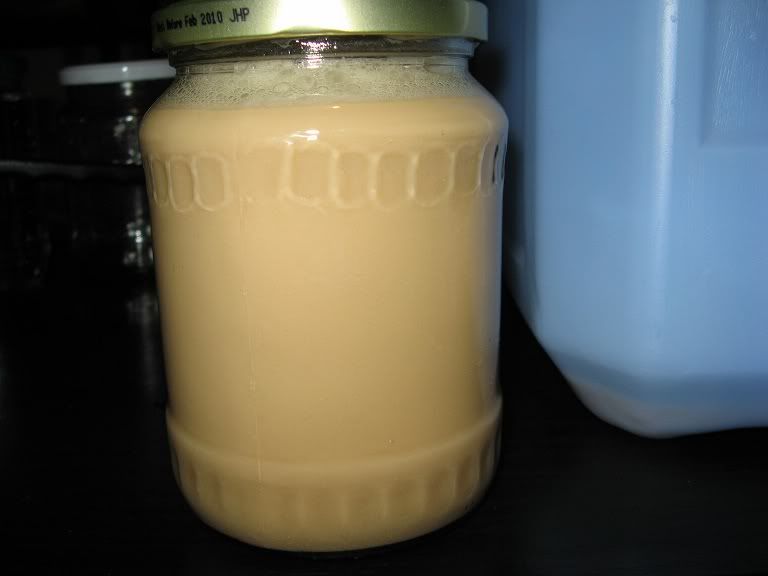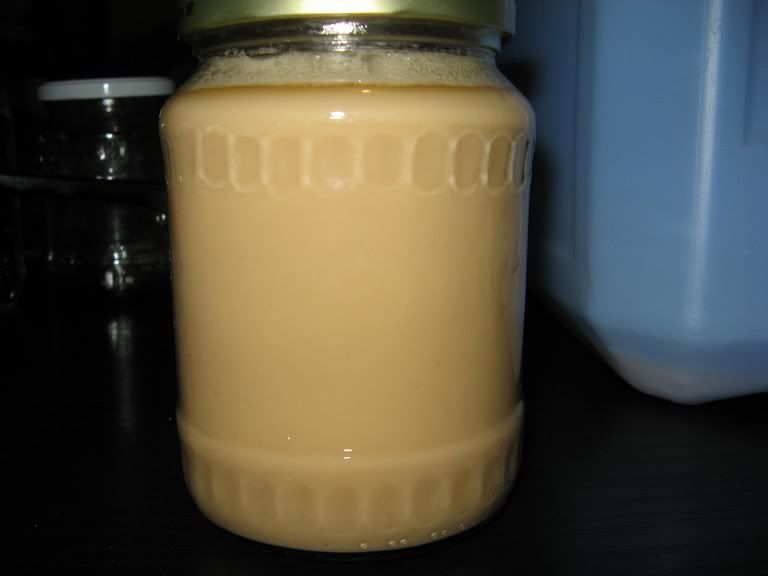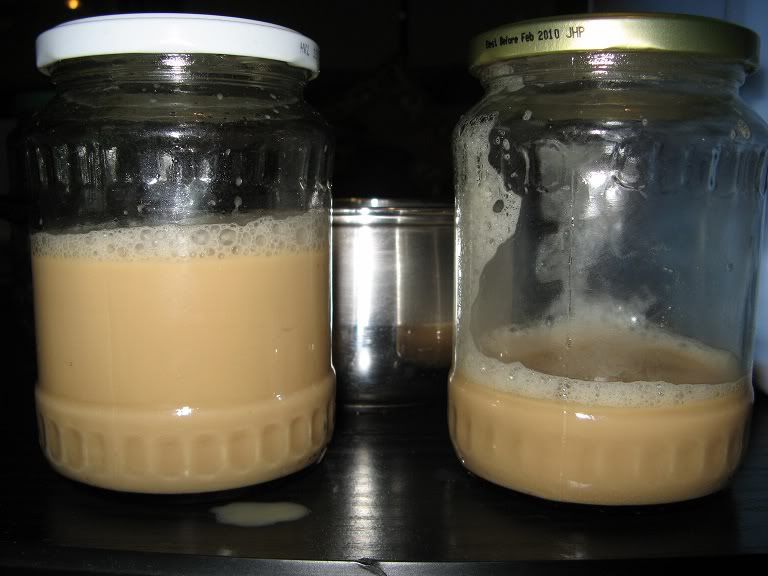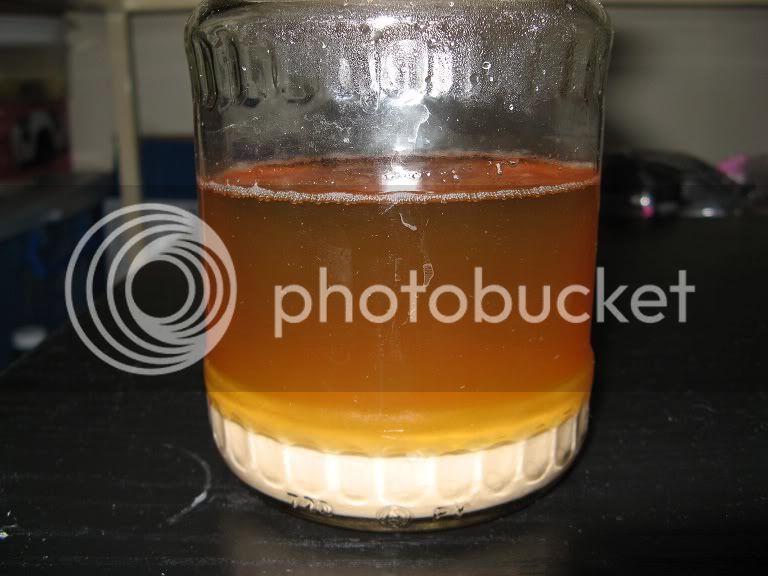bignath
"Grains don't grow up to be chips, son"
- Joined
- 3/11/08
- Messages
- 2,611
- Reaction score
- 40
Great work, thanks Wolfy!
I have just started (pun intended) to get into reusing yeasts and creating starters. This thread is now permanently etched into my favourites list to reference as i am very new to it all.
Cheers for all your hard work!
I have just started (pun intended) to get into reusing yeasts and creating starters. This thread is now permanently etched into my favourites list to reference as i am very new to it all.
Cheers for all your hard work!





